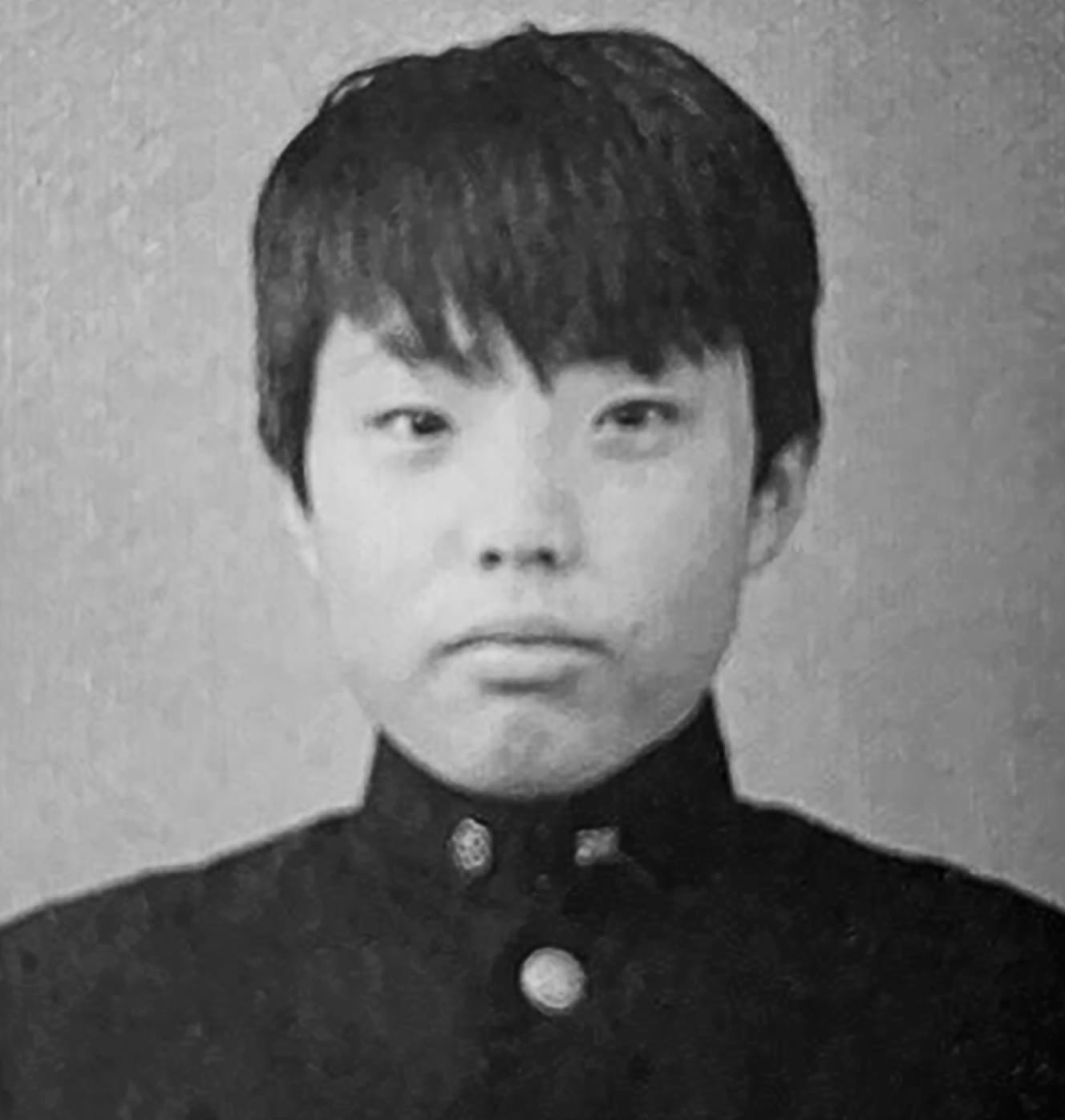Osaka Building Arson Case: Morio Tanimoto’s ‘Chronic Financial Problems’
Morio Tanimoto, who lied about buying gasoline for his motorcycle and then set fire to a clinic, stood at the entrance.

The suspect who set the clinic on fire stood at the entrance and tried to push people back into the clinic as they tried to escape. After committing such a brutal crime, we can only say that his behavior was out of the ordinary.
On the morning of December 17, an arson attack at the Nishi Umeda Kokoro to Kata no Clinic, a psychosomatic clinic in a building in Kita Ward, Osaka City, claimed the lives of 25 people, including the clinic’s director Kotaro Nishizawa (49), in just 30 minutes before the fire was almost extinguished.
The suspect, Morio Tanimoto, 61, a resident of Nishiyodogawa Ward, Osaka City, is suspected of murder and arson. The suspect kicked over two paper bags filled with gasoline near the entrance of the clinic and set them on fire with a lighter. Just before the building fire, a fire broke out at Tanimoto’s house. Since gasoline was detected at the scene, it is believed that Tanimoto was conducting a “rehearsal.
With the blaze at his house behind him, the suspect put gasoline and a lighter on the back of his bicycle and headed for the clinic about 3.5 km away.
The gasoline used in the crime was procured by Tanimoto at a gas station in Nishiyodogawa Ward in late November. In order to buy gasoline in a can, you need to show your ID and confirm the purpose of use, and the station is required to keep a record of the sale.
A record of Tanimoto’s purchase of 10 liters of gasoline was kept at the gas station. At that time, Tanimoto explained that he was going to use it for his motorcycle. However, as a result of the investigation, it was not confirmed that the suspect owned a motorcycle, so it is highly possible that he lied on the spur of the moment.
A bag of medicine prescribed at the clinic where the crime took place was found in Tanimoto’s house. In addition, a memo was found that said, “What should we do about the fire hydrant?” and “We need to do something about the gap. They even left a note suggesting that they had prepared gasoline in advance and planned the crime. These facts are enough to infer a “clear intent to kill.
The land was seized.
One of the focal points in clarifying the motive is the “blank decade” in the suspect’s life.
Tanimoto had been working at a sheet metal factory in Osaka City since 2002. In 2008, he divorced his wife, and in 2010, he resigned from the factory. Later, in April 2011, he was arrested on suspicion of attempted murder after slashing his eldest son in the head with a knife. He was arrested for attempted murder in April 2011.
After divorcing his wife, Tanimoto tried to get her back together, but she flatly refused. After feeling a sense of desolation, Tanimoto could not make up his mind on his own, so he decided to involve his family in his death. Tanimoto was sentenced to four years in prison for this crime, but the police had no idea about his whereabouts after his release. He did not have a regular job, and it is unclear how he made a living,” said a reporter from a newspaper in Osaka.
After his release from prison, Tanimoto moved from place to place in Osaka. After his release from prison, he moved from place to place in Osaka City, and there are several places in the city where he has rights. Some of the land he inherited after the death of his father, who ran a sheet metal factory. However, one of them was seized by the city tax office in 2004, and another in 2007.
It is possible that the suspect was living off rental income from the properties he owned. However, since several pieces of land were seized at different times, his chronic financial problems may have triggered the crime,” said a reporter from a national newspaper.
The land that was seized in 2004 has since had its seizure registration cancelled. On this land stands the three-story house where Tanimoto lived until the day of the crime.
The electricity and gas had been turned off, and some neighbors said they only found out he lived there a few days before the crime, while others said they had seen the lights on a while ago. Tanimoto usually complained to people around him about the clinic, saying, ‘The medicine doesn’t suit me, the hospital is bad,’ and he didn’t seem to agree with the diagnosis. It seems that Tanimoto’s life was under pressure, and as he was living in hiding, he turned his resentment toward the hospital.
In the ten years since the attempted suicide, what was Tanimoto thinking and why did he involve innocent people in the crime? If the truth is not revealed, it will be too much to bear.




From the January 7-14, 2022 issue of FRIDAY
PHOTO: Kei Kato (building where the crime scene occurred), Ryo Nakahira (suspect's house)